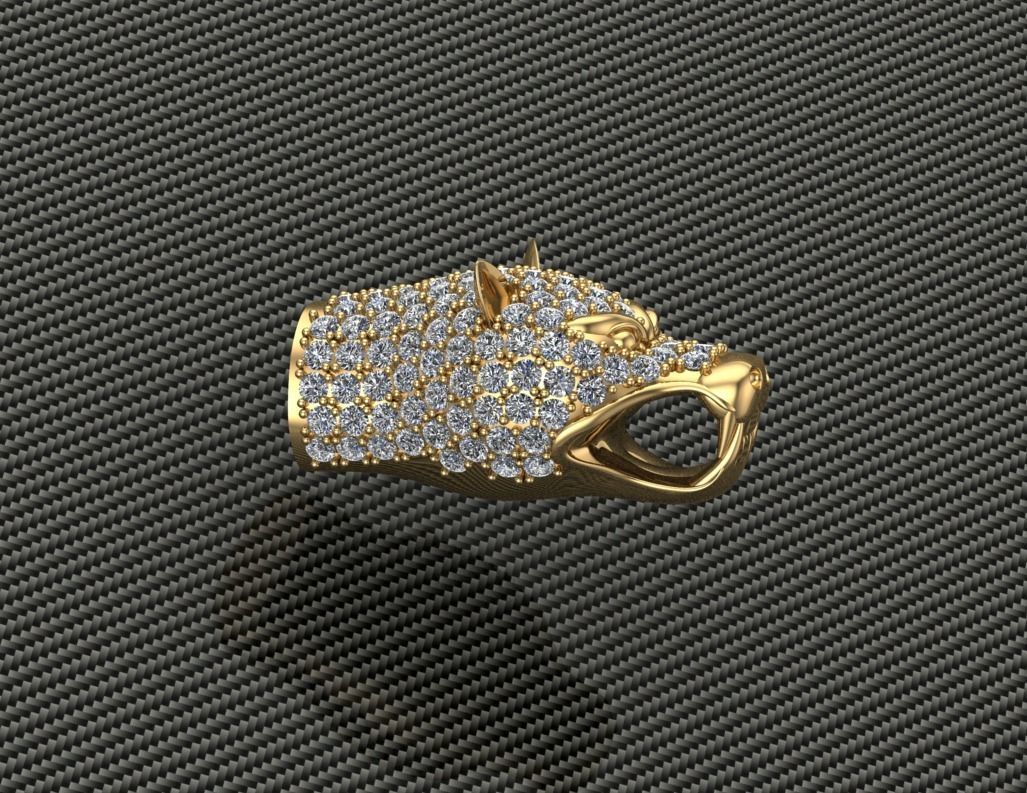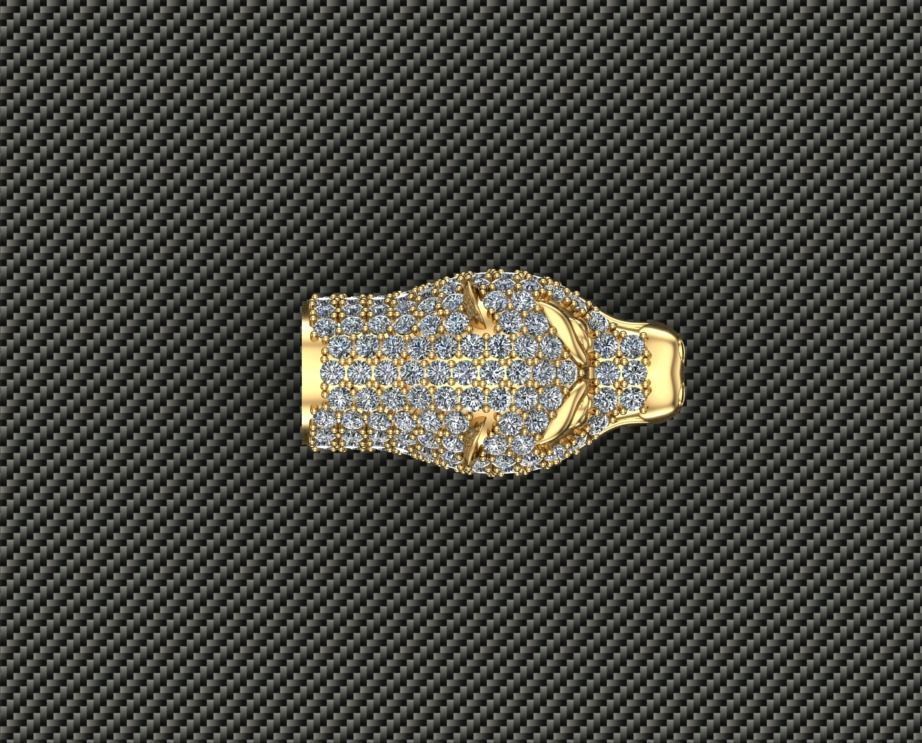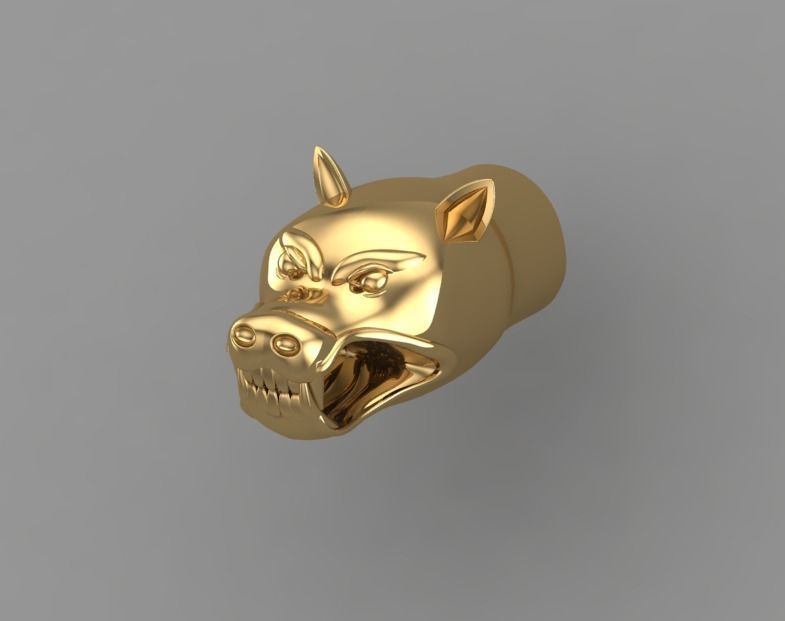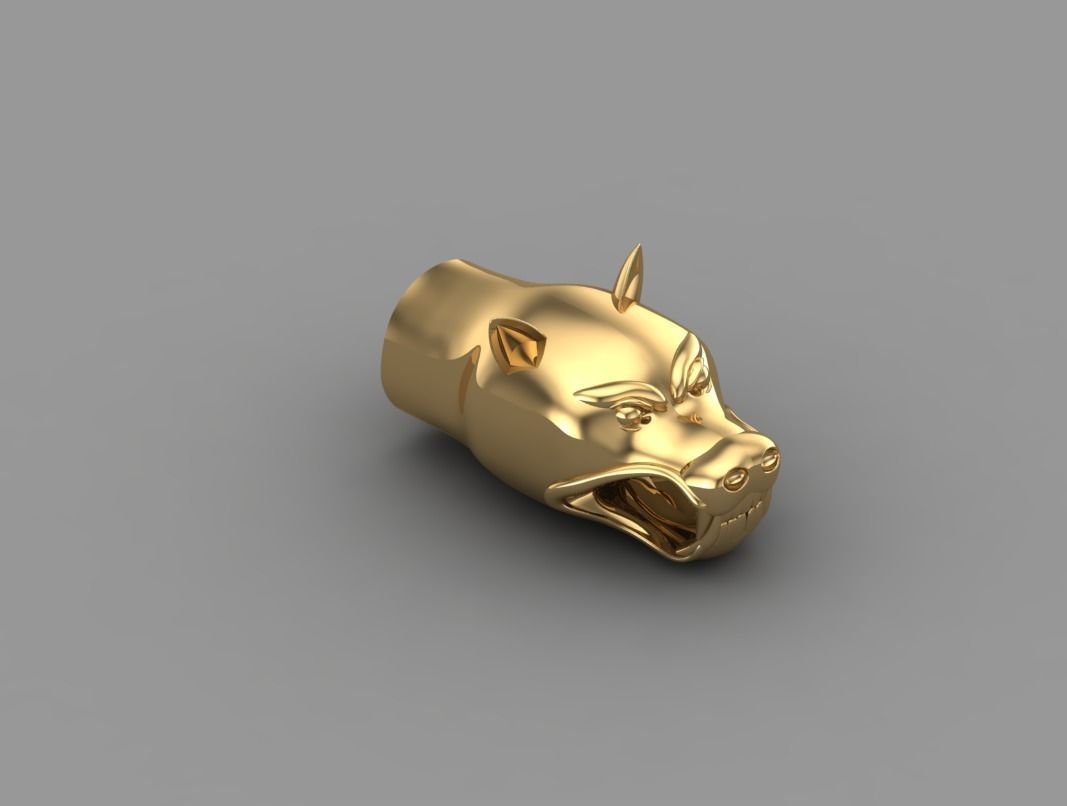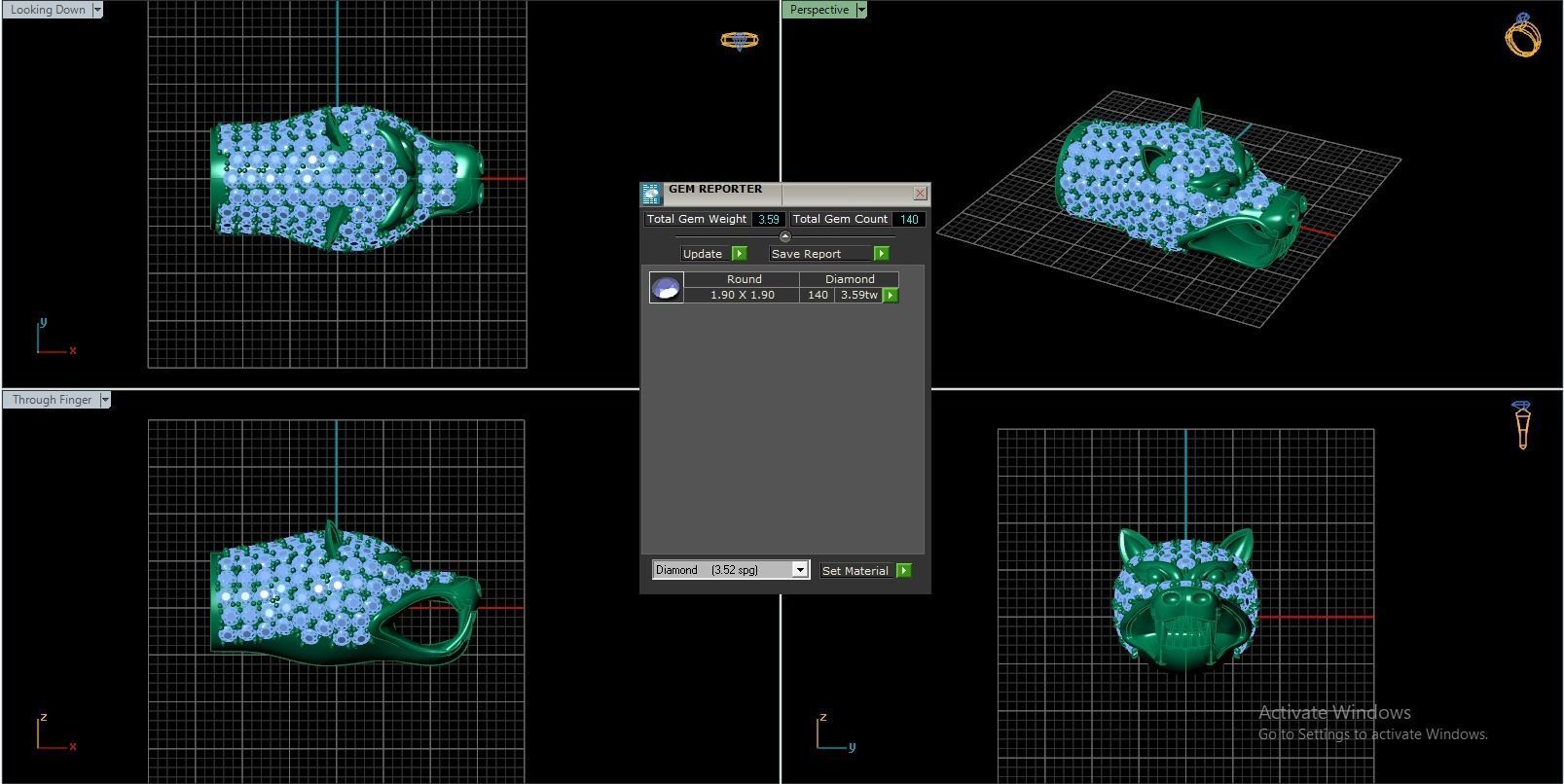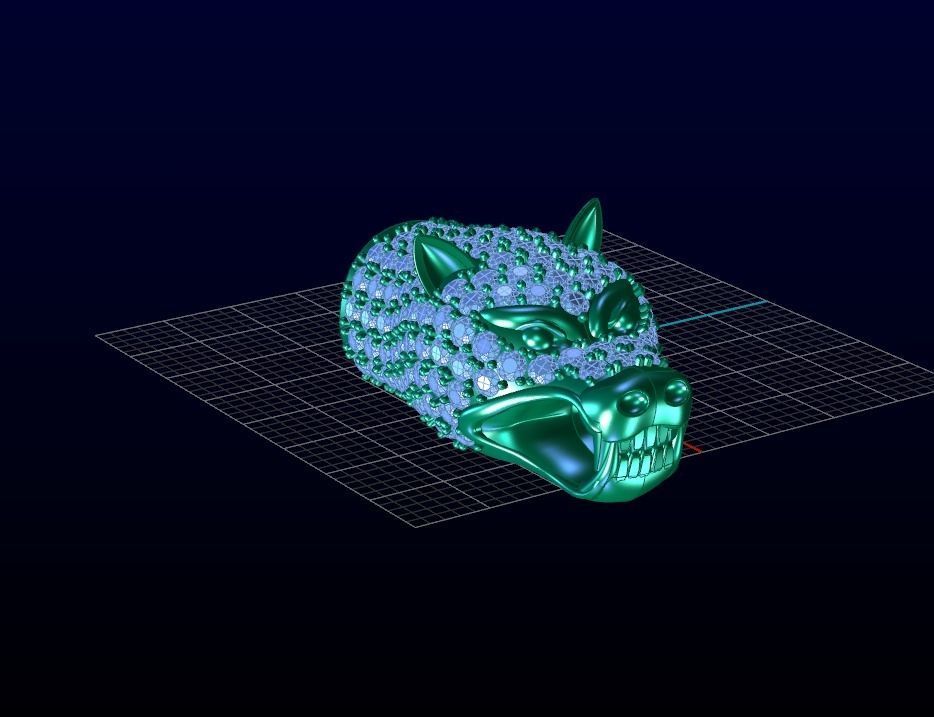
Wolf Head 3D print model
This article is about the wolf within the species Canis lupus. For other species of wolf or other uses of wolf and wolves, see Wolf (disambiguation).Grey Wolf and Gray Wolf redirect here. For other uses, see Grey Wolf (disambiguation).WolfTemporal range: Middle Pleistocene – present (810,000–0 YBP)[1]
Eurasian wolf (Canis lupus lupus) at Polar Park in Bardu, NorwayConservation status
Least Concern (IUCN 3.1)[2]CITES Appendix II (CITES)[3][a]Scientific classificationEdit this classificationDomain: EukaryotaKingdom: AnimaliaPhylum: ChordataClass: MammaliaOrder: CarnivoraFamily: CanidaeGenus: CanisSpecies: C. lupusBinomial nameCanis lupusLinnaeus, 1758[4]SubspeciesSee Subspecies of Canis lupus
Global wolf range based on IUCN's 2018 assessment.[2]The wolf (Canis lupus;[b] pl.: wolves), also known as the gray wolf or grey wolf, is a large canine native to Eurasia and North America. More than thirty subspecies of Canis lupus have been recognized, including the dog and dingo, though gray wolves, as popularly understood, only comprise naturally-occurring wild subspecies. The wolf is the largest extant member of the family Canidae, and is further distinguished from other Canis species by its less pointed ears and muzzle, as well as a shorter torso and a longer tail. The wolf is nonetheless related closely enough to smaller Canis species, such as the coyote and the golden jackal, to produce fertile hybrids with them. The wolf's fur is usually mottled white, brown, gray, and black, although subspecies in the arctic region may be nearly all white.
Of all members of the genus Canis, the wolf is most specialized for cooperative game hunting as demonstrated by its physical adaptations to tackling large prey, its more social nature, and its highly advanced expressive behaviour, including individual or group howling. It travels in nuclear families consisting of a mated pair accompanied by their offspring. Offspring may leave to form their own packs on the onset of sexual maturity and in response to competition for food within the pack. Wolves are also territorial, and fights over territory are among the principal causes of mortality. The wolf is mainly a carnivore and feeds on large wild hooved mammals as well as smaller animals, livestock, carrion, and garbage. Single wolves or mated pairs typically have higher success rates in hunting than do large packs. Pathogens and parasites, notably the rabies virus, may infect wolves.

